How swimming talent is developed
•11 min read
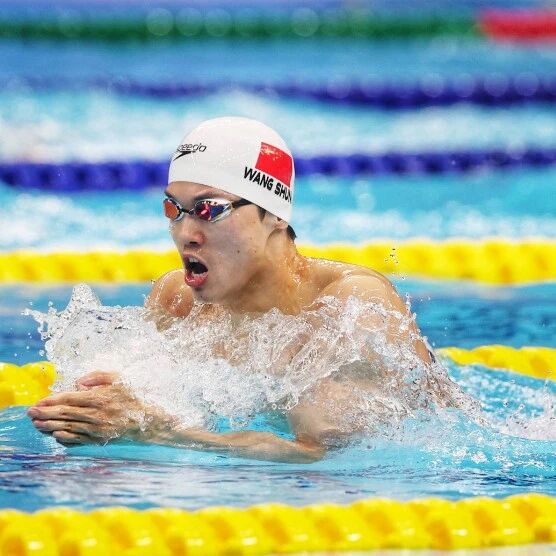
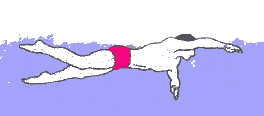

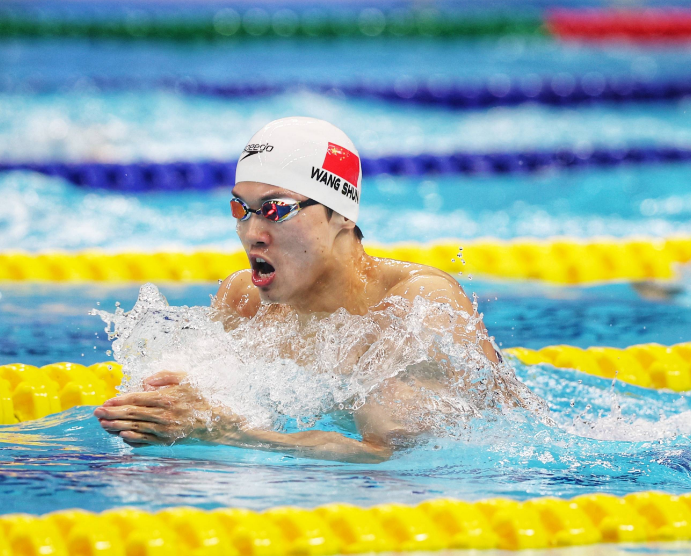
The 23rd China University Swimming Championships Finals Kicks Off
Pure and heartfelt love! Pan Zhanle shares a heartwarming conversation with border-defense soldiers, while Zhang Yufei connects live to the soldiers, moving them to tears.
The General Administration of Sport has released the revised "Athlete Technical Grade Standards," effective January 1, 2025.

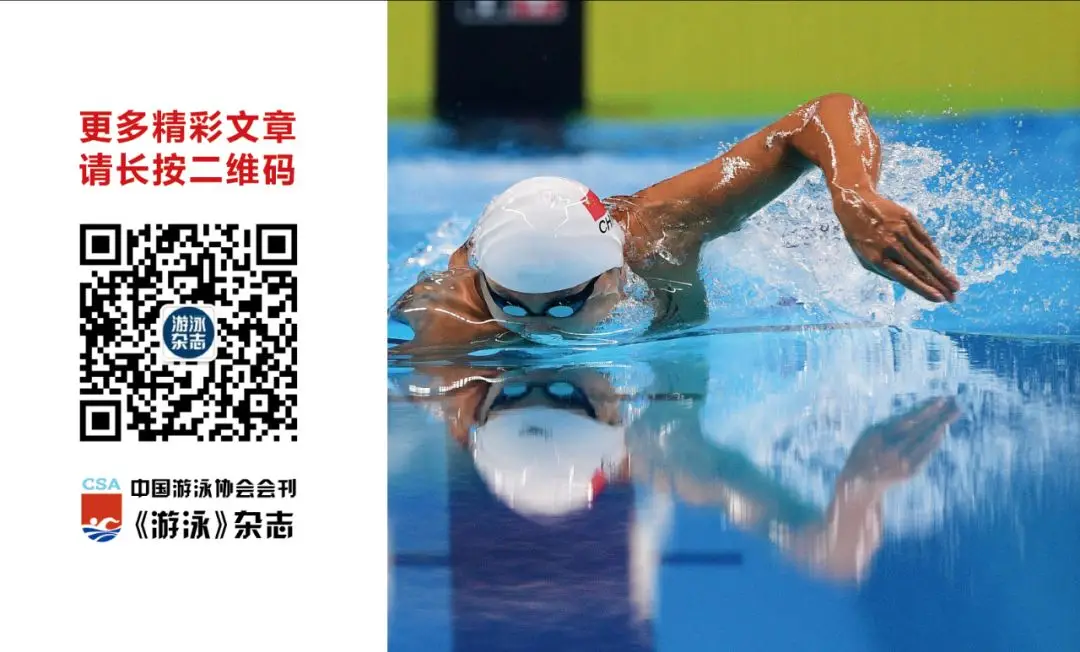
Related Articles
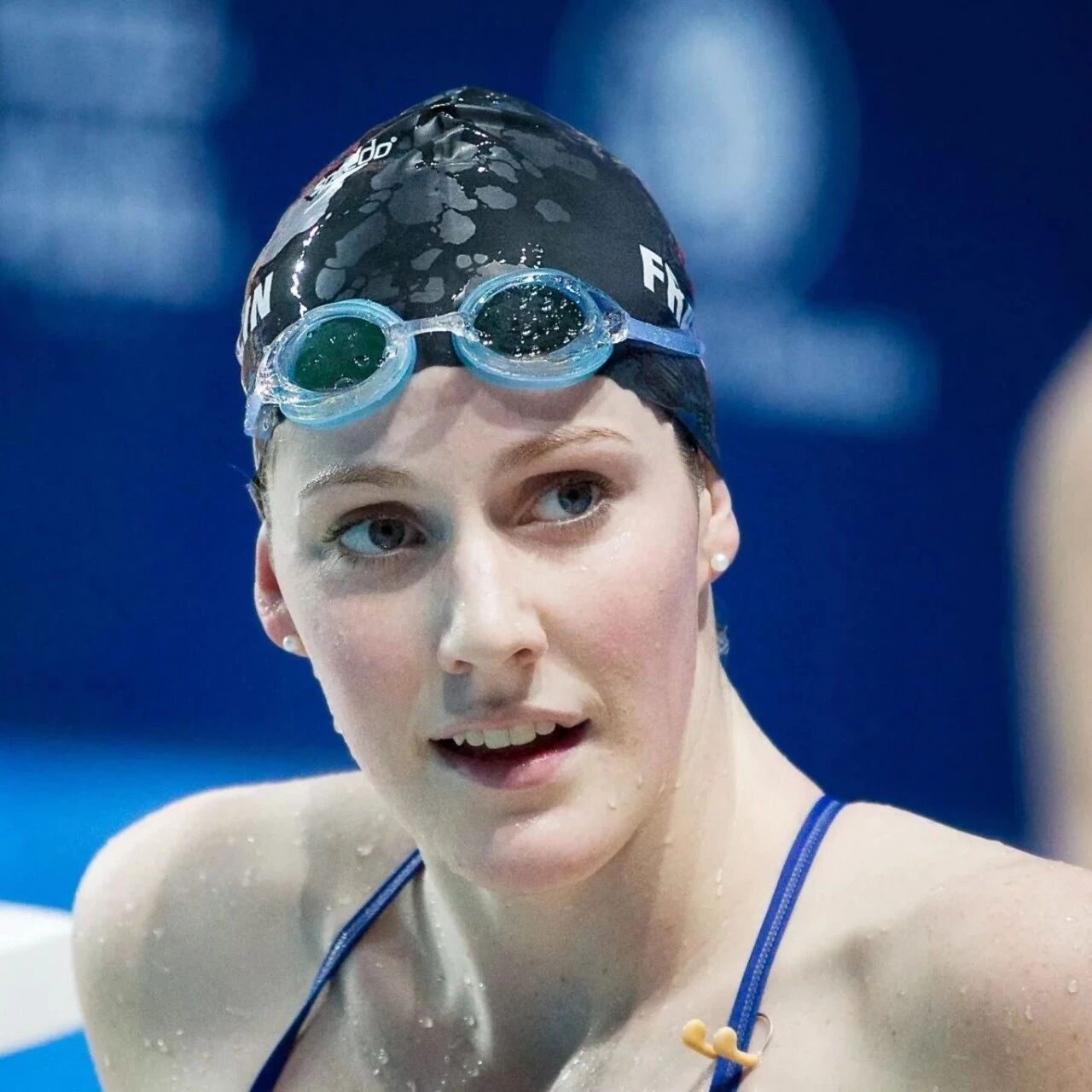
Swimming
How Swimmers Set Their Goals (Part 2)
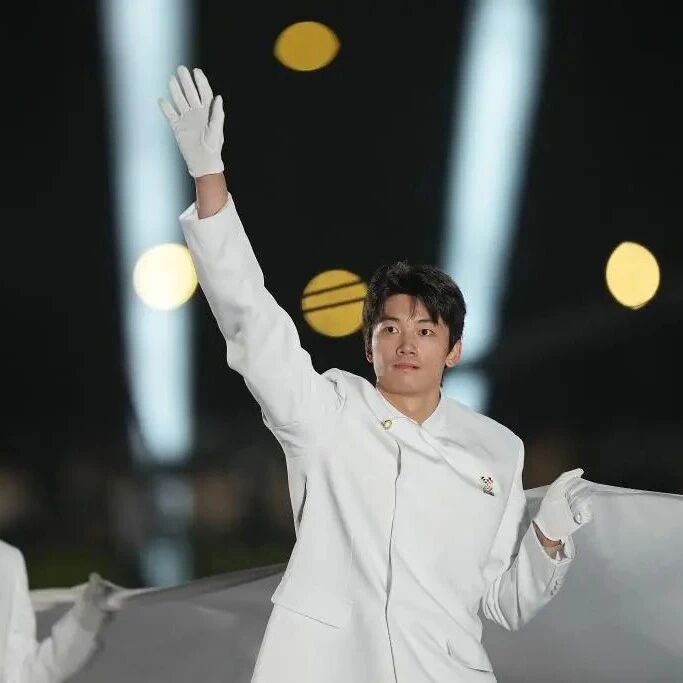
Swimming
Wang Shun has been elected as a member of the World Aquatics Athletes' Commission, with his term starting in 2026.
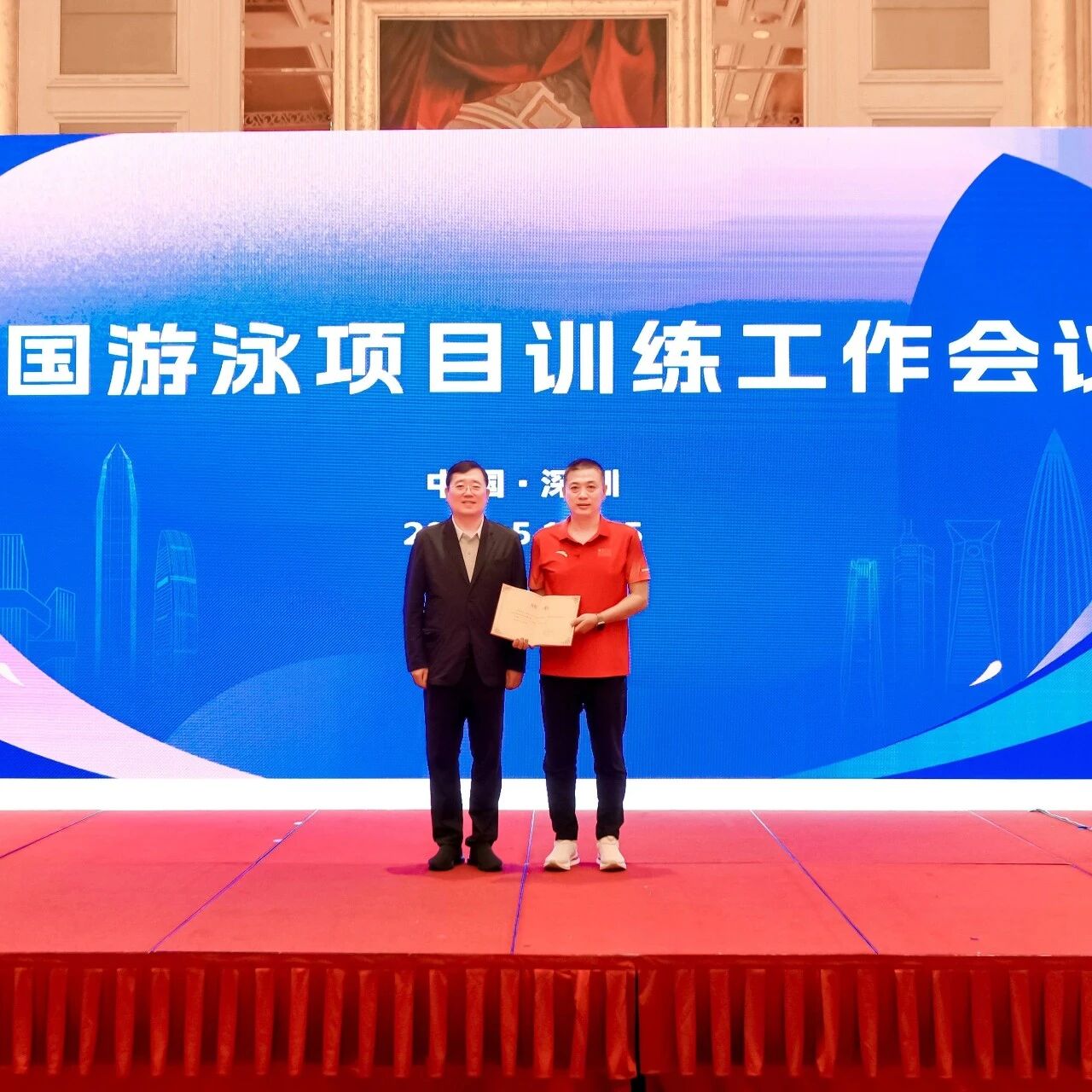
Swimming